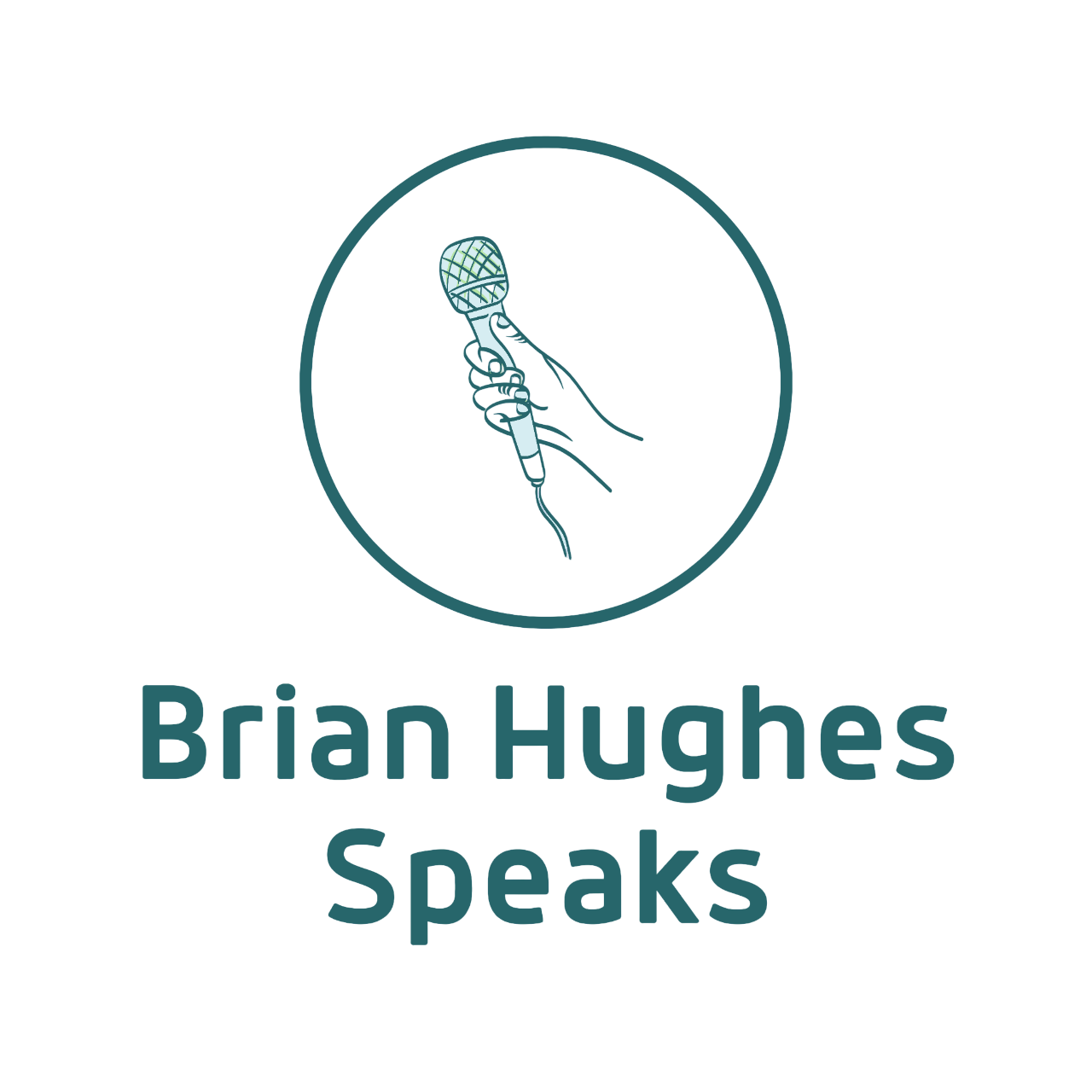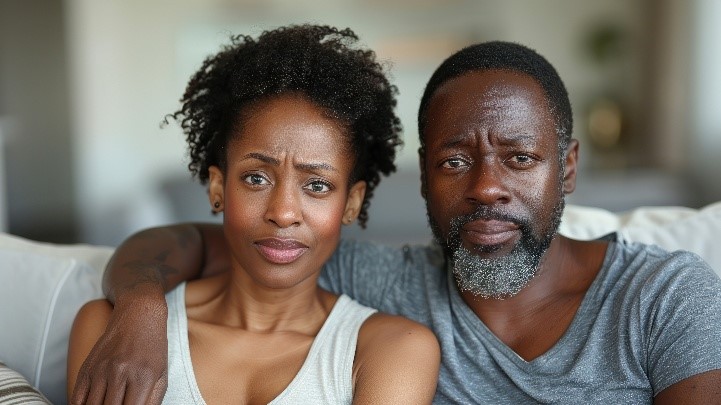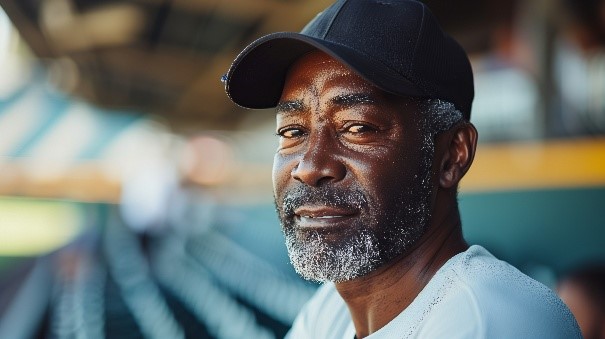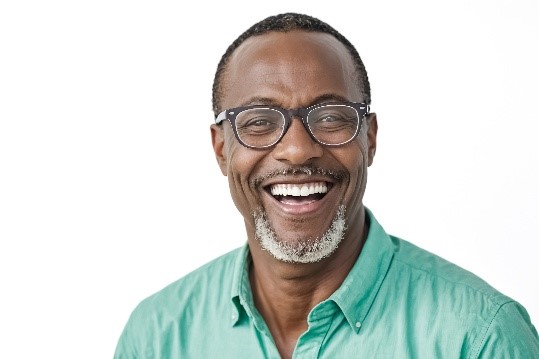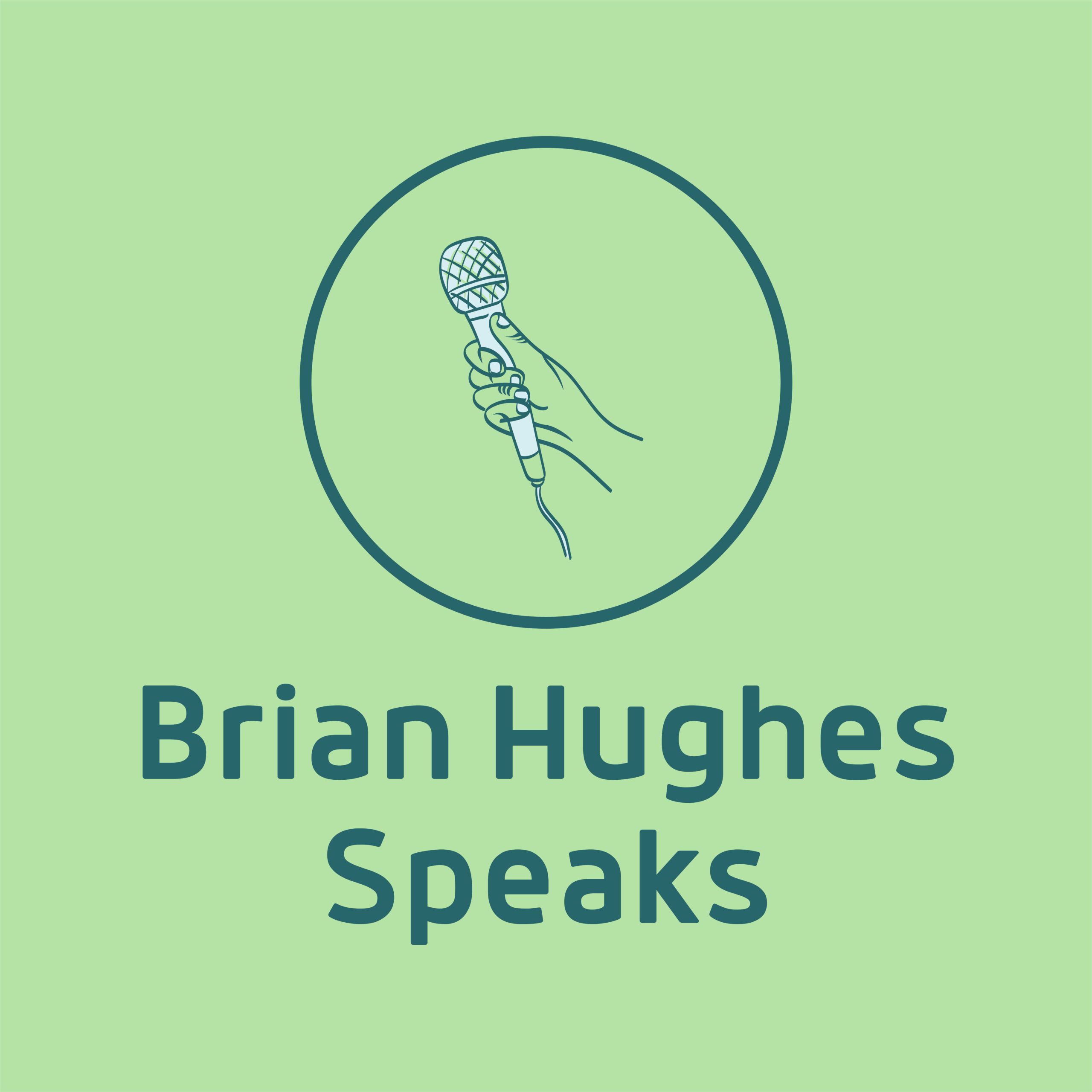In 2014 at the age of 55 I was diagnosed with high blood pressure without experiencing any symptoms. In fact, most people with high blood pressure have no symptoms, even if blood pressure readings reach dangerously high levels. People can have high blood pressure for years without any symptoms
High blood pressure, or hypertension, is often called the “silent killer” because it rarely shows symptoms until significant damage occurs. For Black Americans, hypertension’s impact is severe, with higher prevalence, earlier onset, and more serious health consequences compared to other groups. Despite medical advances and awareness campaigns, high blood pressure remains a critical health issue in Black communities. This blog explores the factors behind this disparity, crisis, and potential solutions.
The Scope of the Crisis
Nearly 56% of Black adults in the U.S. have high blood pressure, compared to 48% of white adults, according to the CDC. Black adults are also less likely to have their blood pressure controlled than white adults. Black Americans also face higher risks of poor cardiovascular health outcomes, including heart attack, stroke, and kidney failure, and increasing their risk of death from cardiovascular disease (CVD).
My Personal High Blood Pressure Journey
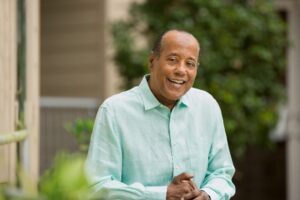
After being diagnosed with high blood pressure (hypertension), I have experienced all of the documented higher risks associated with the condition over the next ten years, including:
- At least seven mini-strokes or “TIAs” standing for transient ischemic attack, which is a temporary stroke. It occurs when blood flow to the brain is briefly blocked, causing brain cells to malfunction and die.
- An infection in the lower aorta, referred to as “aortitis,” caused complications that disrupted blood flow and indirectly led to a heart attack.
- Chronic Kidney Disease (CKD), a long-term condition that occurs when the kidneys are damaged and can’t filter blood properly and Kidney failure, also known as renal failure or end-stage renal disease (ESRD).
Fortunately, I have received exemplary care and education from my medical team at Mayo Clinic Jacksonville, FL campus and I have made the healthy lifestyle changes and implemented self-care best practices to remain as health and happy as I possibly can.
Factors Contributing To The Crisis
- Socioeconomic Disparities Systemic inequities in education, employment, and income contribute to health disparities. Limited access to healthcare, nutritious food, and safe exercise spaces disproportionately affects Black communities, complicating hypertension management and prevention.
- Chronic Stress and Racism Chronic stress from racism—whether overt or subtle—increases hypertension risk. The body’s stress response elevates blood pressure, and prolonged stress can damage the cardiovascular system.
- Mistrust of Healthcare Historical and ongoing medical discrimination have fostered mistrust in healthcare among Black Americans. This leads to delayed diagnoses, lower adherence to treatment, and less engagement with preventive care.
- Genetic and Biological Factors Genetics also play a role, as certain variations affecting salt retention may make Black Americans more susceptible to high blood pressure. However, these factors shouldn’t overshadow the role of systemic inequities.
Addressing The Crisis
- Community-Based Interventions Grassroots organizations can raise awareness and promote healthier lifestyles through free blood pressure screenings, nutritional education, and exercise programs in underserved areas.
- Culturally Competent Healthcare Providers must offer culturally competent care, addressing the unique challenges Black Americans face and combating implicit biases in the healthcare system.
- Policy Changes Policymakers must tackle root causes of disparities by improving access to quality healthcare, affordable housing, and education. Expanding Medicaid and funding community health centers are critical steps.
- Education and Advocacy Educating individuals about hypertension risks, prevention, and management can lead to better outcomes. Advocacy should amplify Black voices in shaping health policies and research priorities.
The Takeaway
In rare cases, symptoms of high blood pressure include headaches, blurred vision, and chest pain, but many people with high blood pressure don’t have any symptoms. High blood pressure can only be diagnosed with a blood pressure check and other tests by a physician. Males older than 50 should have a yearly physical exam, and those younger than 50 should have a physical exam every three to five years. Even if you’re feeling healthy, a regular checkup with your healthcare team is an excellent way to validate your health or identify high blood pressure in its early stages
The high blood pressure crisis among Black Americans requires a comprehensive approach. Addressing the socioeconomic, environmental, and systemic factors behind this disparity can ensure equitable health outcomes. The fight against hypertension is not just a medical challenge but a call to confront broader injustices perpetuating health inequities.
Trusted Resources
Mayo Clinic Hypertension and cardiovascular disease in the Black community https://newsnetwork.mayoclinic.org/discussion/mayo-clinic-minute-hypertension-and-cardiovascular-disease-in-the-black-community/#:~:text=%22African%20Americans%2C%20unfortunately%2C%20have,Brewer.
American Heart Association High Blood Pressure Among Black People https://www.heart.org/en/health-topics/high-blood-pressure/know-your-risk-factors-for-high-blood-pressure/high-blood-pressure-among-black-people
Harvard Health Publishing Discrimination, high blood pressure, and health disparities in African Americans https://www.health.harvard.edu/blog/discrimination-high-blood-pressure-and-health-disparities-in-african-americans-2020092120943
Mayo Clinic A Review of Hypertension Management in Black Male Patients https://www.mayoclinicproceedings.org/article/S0025-6196(20)30050-1/fulltext
